Dreams of a Ferrari on India’s potholed roads
By RN Bhaskar
The picture is courtesy CoPilot
The Union Budget should get announced within days of this column being put out in public domain. There is abundant speculation that the government will pull out all stops to accelerate infrastructure spending. That will be good. But does it make sense to put Ferraris on India’s potholed roads? Shouldn’t someone fill the holes first?
Consider the way the government is racing ahead with the bullet train between Mumbai and Ahmedabad. Wouldn’t it have been better to first set up the Western Dedication Freight Corridor (DFC) which has been shelved since 2006? That was when the governments of Japan and India got together and signed a remarkable agreement. It would have accelerated economic growth and reduced logistics costs for one of the most vibrant industrial belts in India spanning Haryana and Maharashtra (free subscription — https://bhaskarr.substack.com/p/indias-two-dfcs-politics-trounces).
Big plans, poor implementation
India does have big plans for the coming years. But there are three problems with them:
- Most of these plans have been announced for North India. Yes, there are projects for the east, west and south. But they are just too few. Much of the economic growth will come from the South and the West of India. Surely, they need better infrastructure urgently to maintain the competitive edge. One way would be to allow them to retain a larger part of the money they have earned by taxes and other levies. Why squander them on territories that (a) do not generate revenues, and (b) will waste the infrastructure allocations as well?
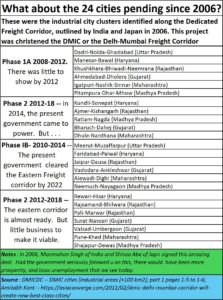 2. Wouldn’t it be more sensible to first set up the 24 industrial cities that have already been identified and for which low-cost funds are available from Japan? After all, the demand for such cities along the Dedicated Freight Corridor is quite high (https://asiaconverge.com/2011/02/dmic-delhi-mumbai-corridor-will-create-new-best-class-cities/). If India ust ride out the economic slump that looms large, wouldn’t these projects, and the delayed DFC bring in more bang for the buck? This is what these columns urged last year. But clearly, India’s planners are not paying heed.
2. Wouldn’t it be more sensible to first set up the 24 industrial cities that have already been identified and for which low-cost funds are available from Japan? After all, the demand for such cities along the Dedicated Freight Corridor is quite high (https://asiaconverge.com/2011/02/dmic-delhi-mumbai-corridor-will-create-new-best-class-cities/). If India ust ride out the economic slump that looms large, wouldn’t these projects, and the delayed DFC bring in more bang for the buck? This is what these columns urged last year. But clearly, India’s planners are not paying heed.
 3. Announcing plans is all right. But shouldn’t these plans go hand in hand with better project implementation? Signs of poor project management are visible everywhere. You can find them in a variety of media stories. Some of the notable ones can be found at
3. Announcing plans is all right. But shouldn’t these plans go hand in hand with better project implementation? Signs of poor project management are visible everywhere. You can find them in a variety of media stories. Some of the notable ones can be found at
You see such signs in the total collapse of basic project implementation. Just look at Bihar. That is the state that recently saw the collapse of 12 bridges in 13 days (https://www.indiatoday.in/india/story/bihar-bridge-collapse-engineers-suspended-monitor-effectively-2562888-2024-07-05). You see such corrosion in Vibrant Gujarat where the cost of decommissioning a road is higher than building it (https://x.com/mshahi0024/status/1817138954165960897).
Despite these, the government has gone about announcing huge outlays for Gujarat –from the GIFT International Financial Centre to the Gold Bourse. Both these were originally meant for Mumbai, but were snatched and relocated in Gujarat. That creates sub-optimal wealth and employment. The potential for growing these was in Mumbai. Such stratagems are counterproductive. Ditto in the case of the Surat Diamond Bourse, which is today witnessing one of the worst slumps in the gems and jewellery trade. Better consultation and planning could have saved the country much money, reduced friction and heartburn, created immense wealth, and created many more jobs.
So, you have a situation, where India’s maximum city has the maximum number of potholed roads.
Gujarat has a list of collapsing bridges, to be rivalled only by Bihar. And yet, both Mumbai and Ahmedabad are sought to be connected by a bullet train. It presents the perfect picture of the sublime being juxtaposed with the ridiculous.
Just imagine the shock of global travellers when they disembark from the sophisticated train. They will have to get used to the bumps on the road, and also cope with with cattle straying on the roads.
Can India not build roads that have the last mile connectivity at airports, or stations, or even entrances to offices? There is invariably a gap between the airport doors and the nearest taxi stand, or the metro station.
The government talks of being disabled-friendly. Try the stairs near government offices and police stations. You will discover that there are few ramps and hardly any provision for guardrails and railings. And there are hardly any disabled-friendly toilets. Big talk, but little vision or planning.
Even hospitals are disdainful about the way patients are made to wait and run around from counter to counter. Hospitals for the disabled do have some facilities, but they too expect the disabled to run around from counter to counter.
Cost overruns
But worst are the cost overruns. Just look at the CAG reports on any infrastructure project. The one reviewed by this author is about the implementation of Phase I of Bharatmala Pariyojana (https://cag.gov.in/en/audit-report/download/119177). The problem is that the report has moved to some other address. They have been moved elsewhere. But some of the tables can be found in earlier columns (free subscription) https://bhaskarr.substack.com/p/indias-big-infrastructure-investment) . You will observe how cost overruns are over 170% of sanctioned and originally approved costs.
This means that the same money is used to clear fewer projects. The GDP numbers get enhanced, but the returns on investment can be terrible. They are pointers to poor project implementation, leaky financial controls and shameful accountability. And above all no vision for creating wealth and comfort, either for the people or for the nation.
Is money everything?
Poor implementation and accidents are bound to go hand in hand. People die and get maimed. Ad-hoc cash grants are offered to the victims and their relatives. But does that clean the slate?
Have the officers been punished who allowed such a calamity to happen? Why are policemen only suspended, but seldom dismissed? And why has corruption increased? Ask any cab driver, fruit vendor or the common pedestrian. The penalties for the bribe giver have been increased, making the bribe taker confident that nobody will squeal against him (https://asiaconverge.com/2018/08/amendments-to-prevention-of-corruption-act-protect-corruption/). They will tell you tales of how corruption has soared. It never gets registered because of India’s ingenious laws which seek to punish even the person who complains about a bribe being paid.
This government needs to take a hard look at a seminal paper authored by Kaushik Basu, former chief economic advisor to the government of India (http://www.kaushikbasu.org/Act_Giving_Bribe_Legal.pdf_). He makes a compelling case on why bribe takers should be dealt with more harshly than bribe givers.
However, the government’s unwillingness to move in this direction makes its complicit in the on-going corruption.
Conclusion
So, even while the government gets ready to spend on infrastructure, it is obvious that the money will not be well spent. India will have underperformed again. Unless, of course, the present government is willing to adhere to its original vision == less government, more governance.
================
Do watch my latest podcast on the symbolism behind the Natraja and why it means a lot for India. You can find it at — https://youtu.be/Cyd2eqhg4iI





















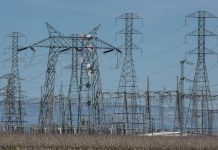




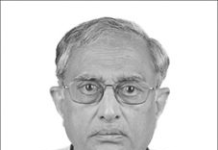



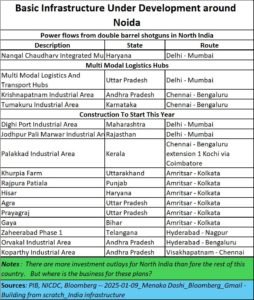
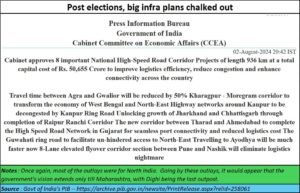

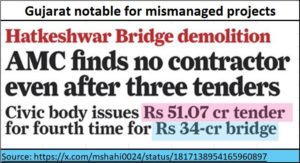
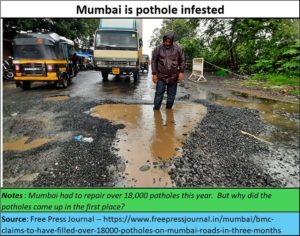






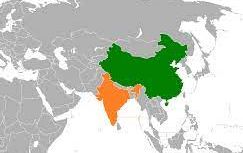
COMMENTS